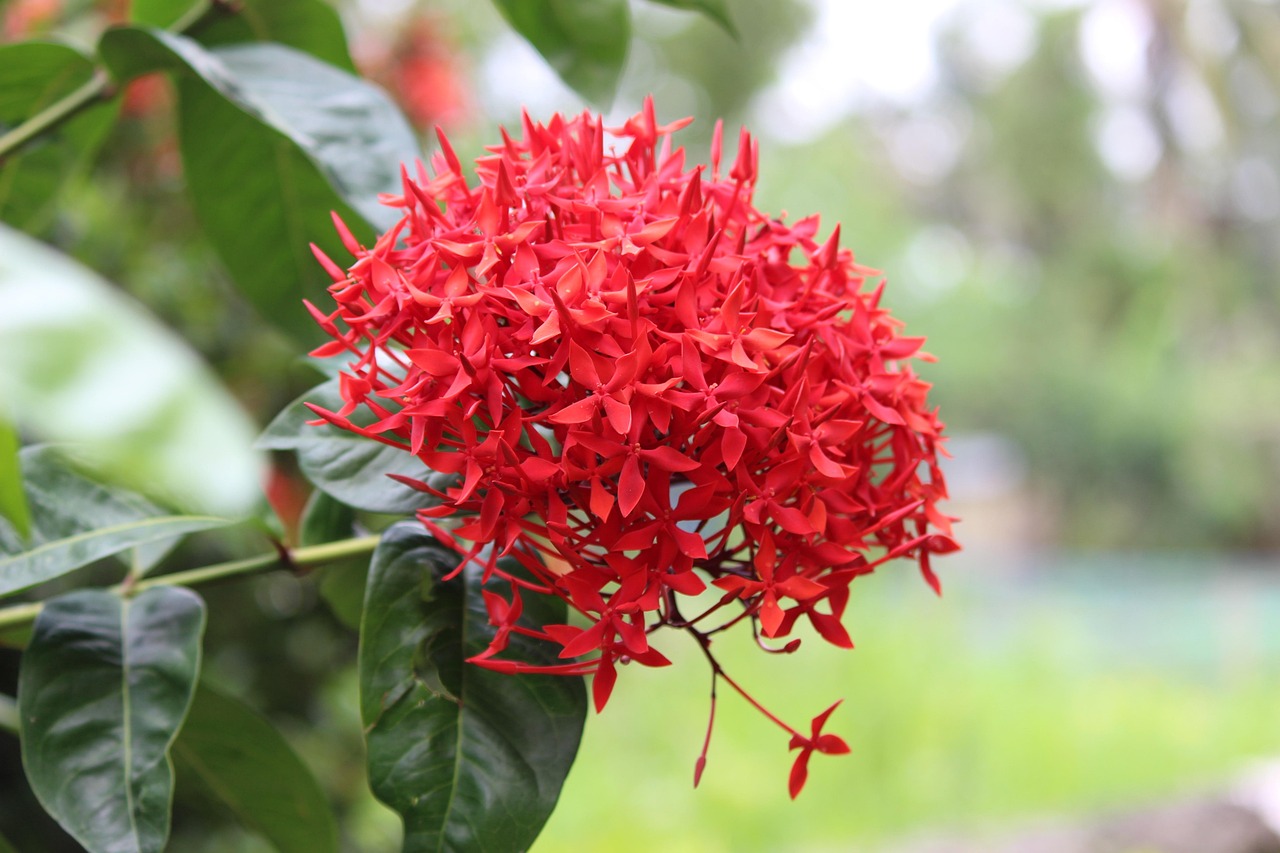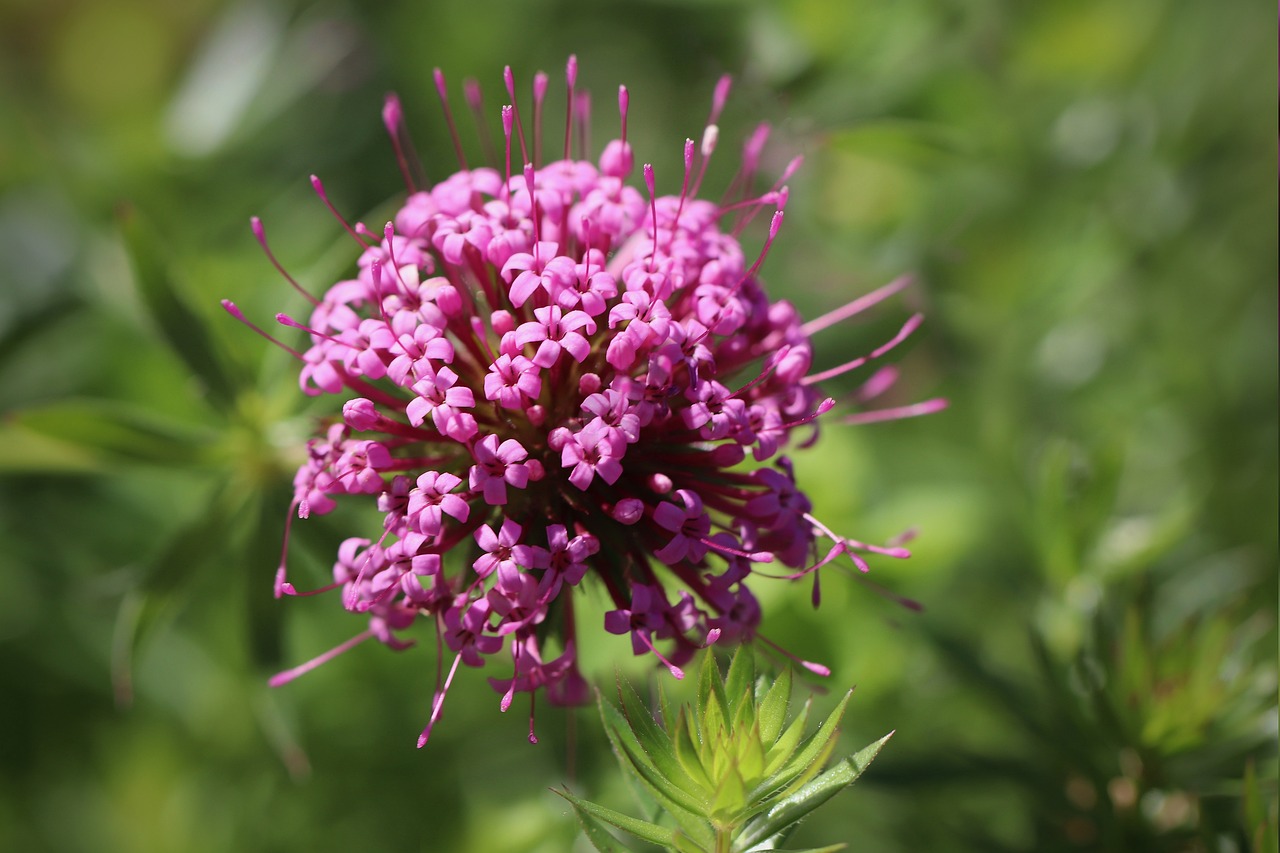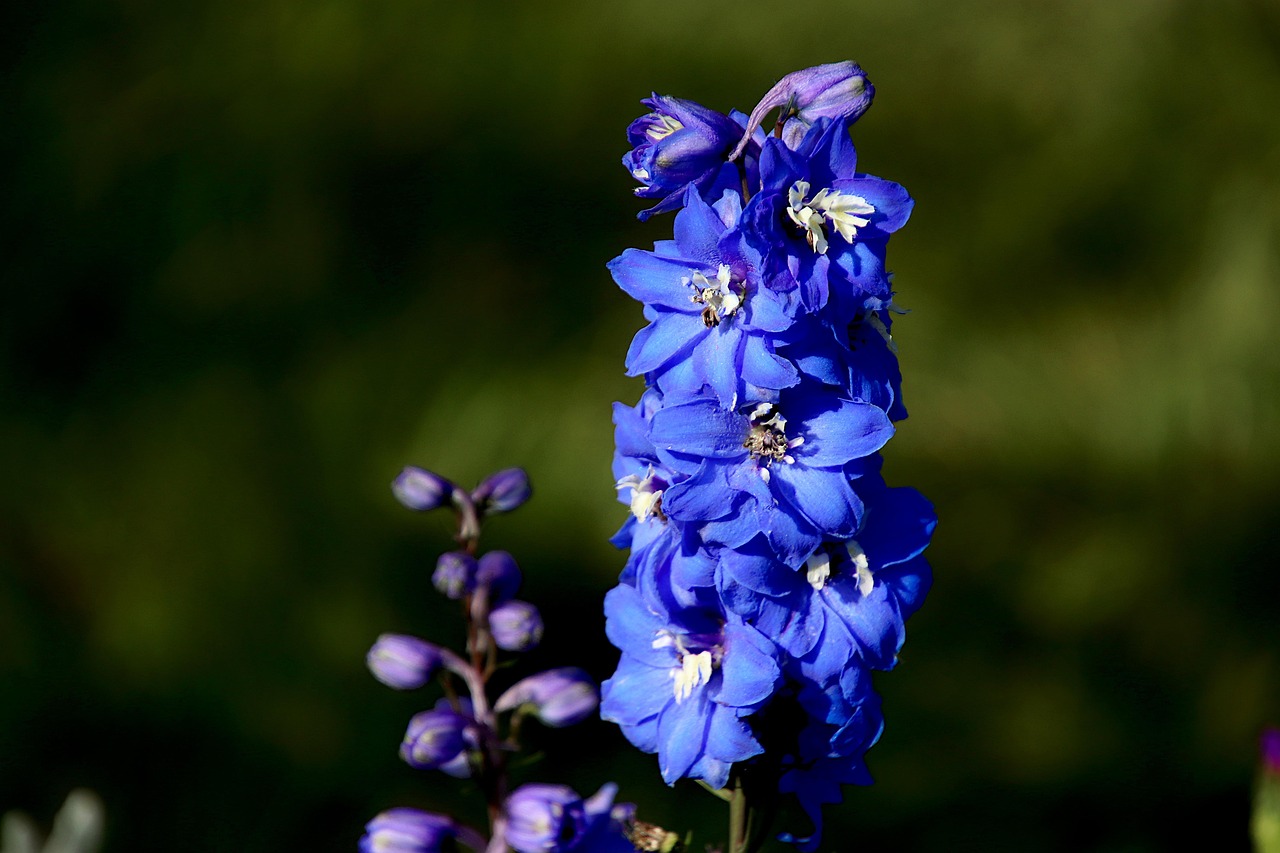Pentas | A Small Flower Dancing in the Tropical Breeze, Scattered with Stars
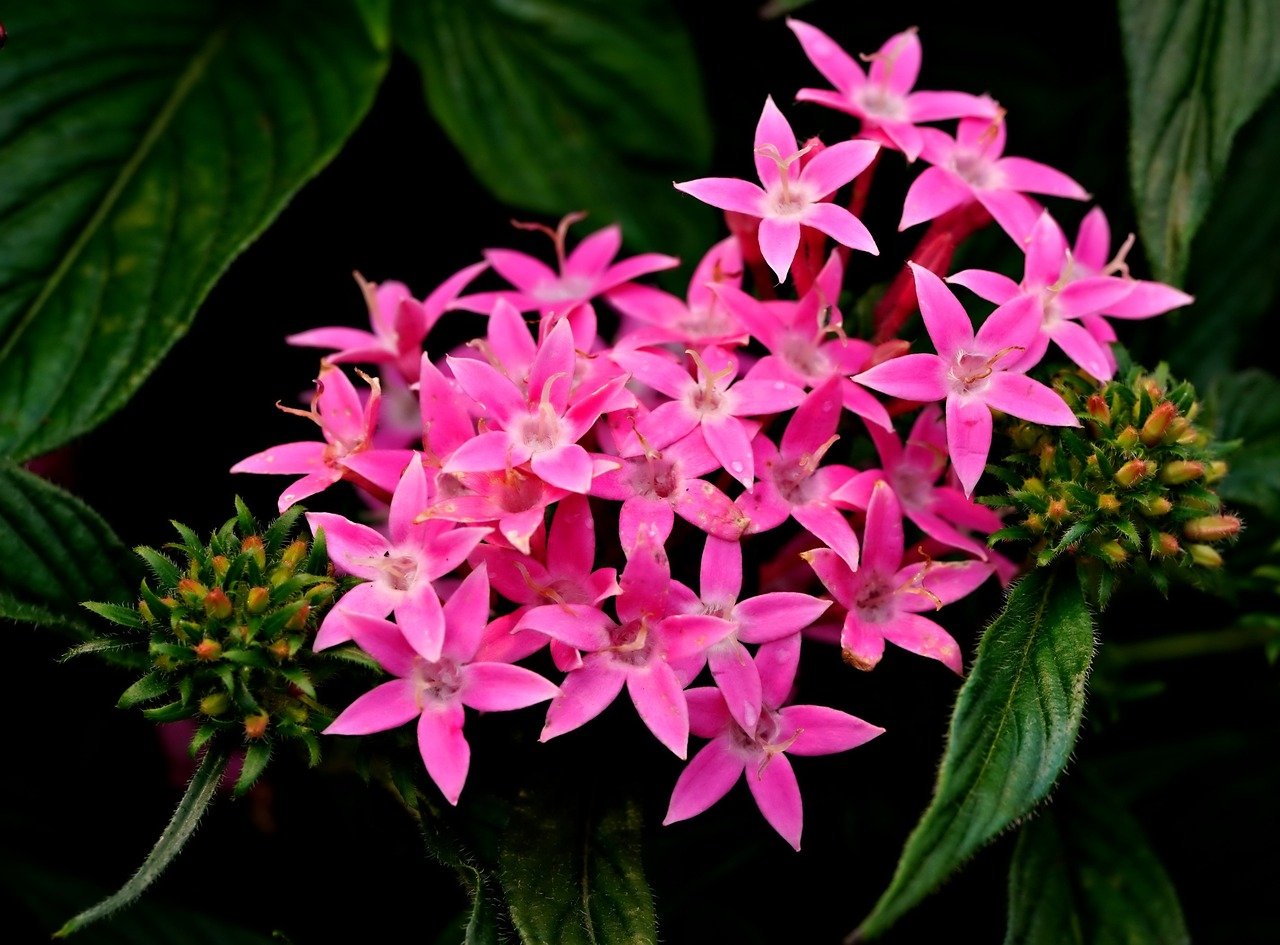
Pentas is a beautiful plant known for its charming star-shaped flowers that bloom in clusters. With its vivid colors and long blooming season, it adds elegance to gardens and potted arrangements, making it popular among both beginners and experienced gardeners.
In this article, I will explain in detail the basic information about Pentas, its cultural background, and key points for cultivation.
Basic Information
- Scientific name: Pentas lanceolata
- Family: Rubiaceae
- Origin: Eastern Africa, Arabian Peninsula
- Appearance: Pentas produces clusters of small, star-shaped flowers, resembling a bouquet. The flowers come in red, pink, white, and purple, while the deep green foliage enhances their contrasting beauty. Depending on the variety, the plant grows to about 30–60 cm in height.
- Blooming season: From summer to autumn, it provides continuous blossoms, making it ideal for brightening gardens during hot seasons.
Cultural Significance Around the World
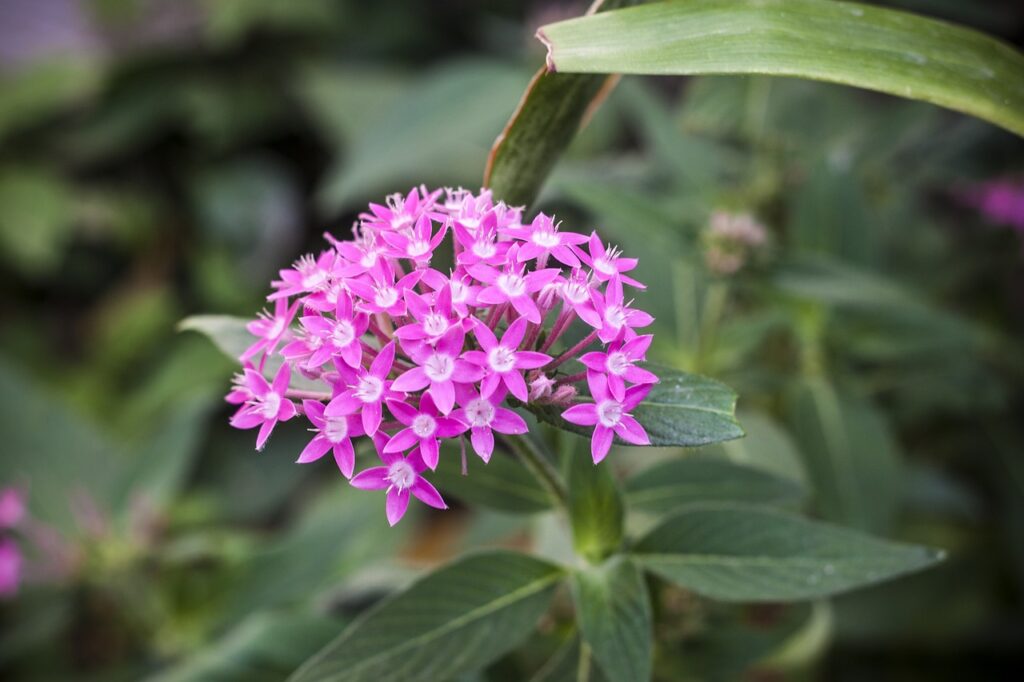
Pentas is widely cultivated in warm regions across the globe for ornamental purposes. In English, it is also called “Egyptian Star Cluster,” a name derived from its star-shaped blossoms grouped together.
In the United States, it is often planted in summer gardens and pots, attracting bees and butterflies.
Thanks to its heat tolerance and extended blooming period, Pentas is also planted in parks and urban flowerbeds in warm climates, admired as a visually striking flower.
Historical Background
Originally native to Eastern Africa and the Arabian Peninsula, Pentas still grows as wild species in those regions. Since the 19th century, breeding efforts have produced ornamental varieties, which have gained popularity in the United States and Europe as garden plants.
Because of its distinctive star-shaped blossoms, Pentas is often used in floral arrangements and garden design, valued for adding a unique touch to landscapes and flowerbeds.
Gardening Advice
Pentas thrives in sunny locations, ideally with 6–8 hours of direct sunlight per day. It can grow in partial shade, but flowering may be less abundant, so I recommend placing it where it receives plenty of sun.
Although it is heat- and humidity-tolerant, it is sensitive to cold. In cooler climates, it should be grown as an annual or protected indoors during winter. Water thoroughly when the soil surface dries, especially in summer, ensuring good drainage while maintaining adequate humidity.
Applying a slow-release fertilizer about once a month during the growing season will further enhance blooming. Pruning helps maintain a beautiful shape. Regularly removing spent flowers encourages continuous blooming.
Conclusion
Pentas is a wonderful flower that decorates gardens and flowerbeds with its lovely star-shaped blossoms and vibrant colors for an extended period. By ensuring a sunny environment and proper care, I can enjoy its beauty year after year.
I encourage you to add Pentas to your garden as a bright and cheerful accent from summer through autumn.

